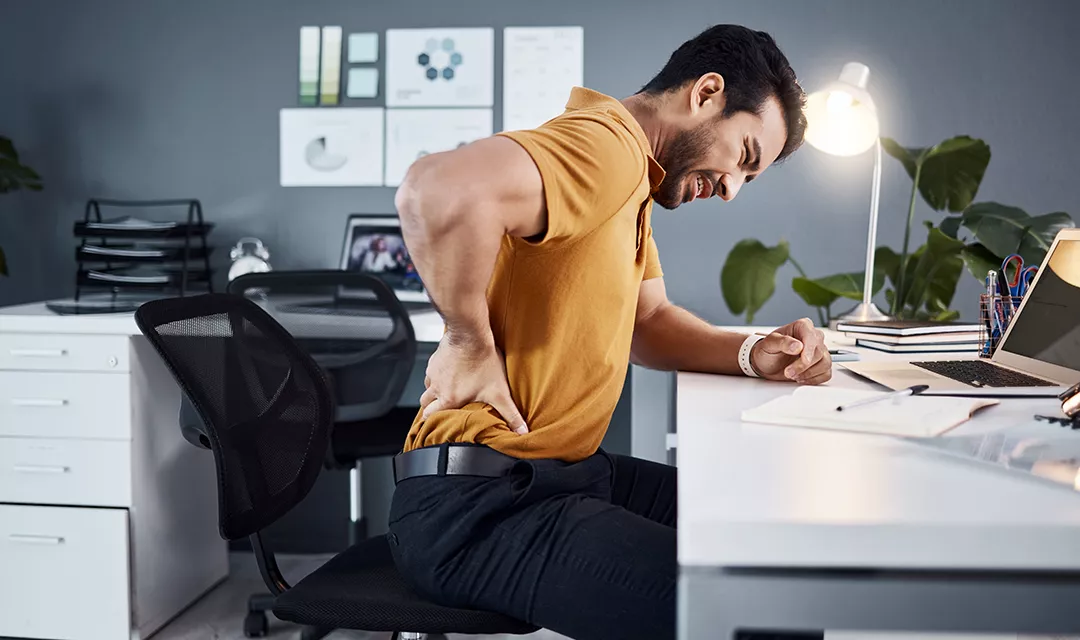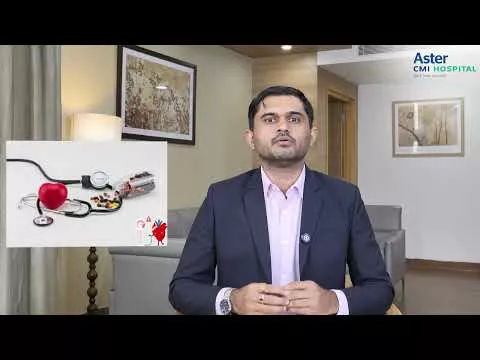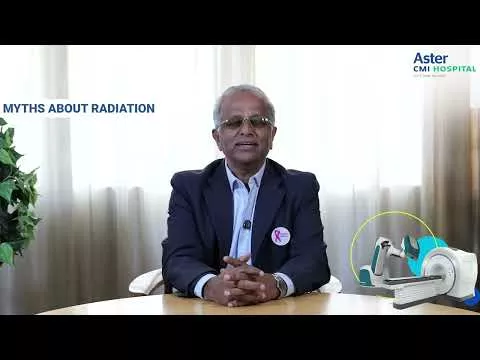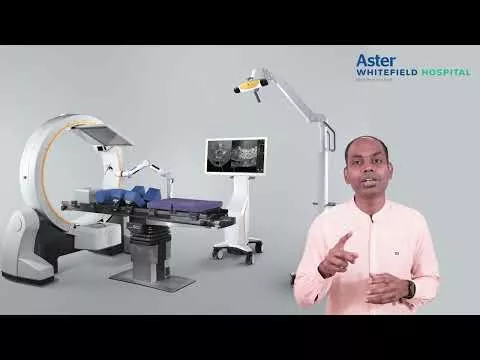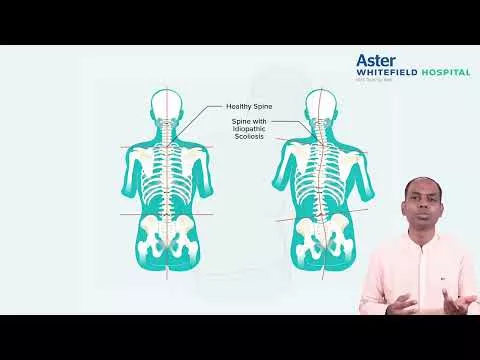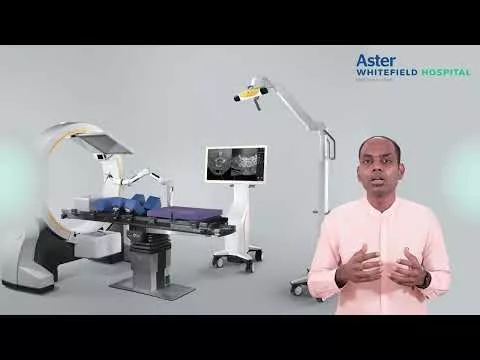Sitting for long hours is now a normal part of daily life. Work, travel, entertainment, and even eating all involve sitting. But your spine was not built to stay still for hours. The longer you sit, the more strain builds in your back. Over time, the damage becomes hard to ignore. If you feel a constant ache in your lower back, the cause might not be your chair. It could be the way you use it.
What happens when you sit too long?
“When you sit, especially in a bad posture, your spine loses its natural S-shape. It flattens out. The muscles around your spine stop engaging. They weaken. Your discs get compressed. Blood flow reduces. The spine stiffens. It starts small. A little tightness. A bit of fatigue. Then one day, you realise you can’t sit or stand without discomfort. That is how prolonged sitting and back pain become a chronic issue” says Dr. Ramachandran G
The lower back takes most of the pressure. People often slouch, lean forward, or hunch over devices. That bends the spine unnaturally. It stretches some muscles too much while others shrink and tighten. Over time, these imbalances trigger prolonged back pain that does not go away with simple rest.
Why does prolonged sitting lead to lower back pain?
The main problem lies in muscle inactivity. When you sit for long hours, your core muscles switch off. They are supposed to support the spine. Without them, pressure shifts to the spinal discs and joints. This can lead to disc degeneration or herniation.
If your job involves continuous sitting, you may already feel the signs. Stiff lower back. Pain while standing up. Tingling in your legs. These are common signs of lower back pain due to prolonged sitting. They signal that your spine is under stress and your posture habits are causing harm.
What makes it worse is the lack of movement. Sitting restricts blood circulation. That slows down healing and increases inflammation. If left unchecked, it can lead to more serious spinal issues that might require specialist care or even surgery.
What are the side effects of prolonged sitting on your spine?
The effects go beyond just back pain. Sitting too long changes how your spine functions.
- Spinal discs lose hydration and become stiff
- Ligaments become tight, reducing flexibility
- Core and glute muscles weaken, shifting the load to the spine
- Natural spinal curves flatten, increasing the risk of disc bulges
These are not just short-term problems. Over time, they increase your risk of chronic pain, poor posture, nerve compression, and long-term disability. One of the most serious side effects of prolonged sitting is spinal disc herniation. It happens when the disc’s outer layer tears and the soft centre leaks out. This puts pressure on spinal nerves, causing pain, numbness, or weakness in the legs. In severe cases, people may need help from a top Spine Surgery Hospital in India to correct the damage.
Can the damage be reversed?
Dr. Ramachandran adds that the damage can be reversed, but only if you act early. The spine responds well to regular movement, proper support, and rest. Making small changes to how you sit can make a big difference. Stand up every 30 minutes. Take short walks. Stretch your back and legs regularly. Use a chair that supports your lower back. Keep your feet flat on the floor. Align your screen at eye level to avoid bending forward.
Exercise helps too. Focus on building core strength and flexibility. Yoga, pilates, or simple bodyweight routines can relieve pressure on your spine. If pain continues, consult a physiotherapist or spine specialist for a personalised plan.
If your condition does not improve with lifestyle changes, you may need advanced care. Look for facilities that offer comprehensive Spine Care in India, including diagnostic imaging, physical therapy, and surgical options. Early diagnosis is the key to avoiding long-term complications.
Final thoughts
If your pain lasts more than a few weeks, spreads to your legs, or causes weakness, do not wait. These could be signs of nerve compression or disc damage. A visit to a Spine Surgery Hospital in India can confirm the issue and suggest the right treatment. In many cases, non-surgical therapy is enough. But delaying treatment can reduce your options and increase the chances of permanent damage.
Prolonged sitting and back pain are closely linked. What begins as mild stiffness can grow into disabling pain. Poor posture, weak muscles, and lack of movement all work together to damage the spine. Understanding the link between prolonged sitting back pain and spinal health is the first step.
You can make simple changes today that protect your back for years. The body needs movement. The spine needs support. You don’t have to wait for the pain to get worse. Start with small breaks. Fix your posture. Strengthen your core. And if needed, get expert help. Preventing lower back pain due to prolonged sitting is possible with the right action at the right time.
